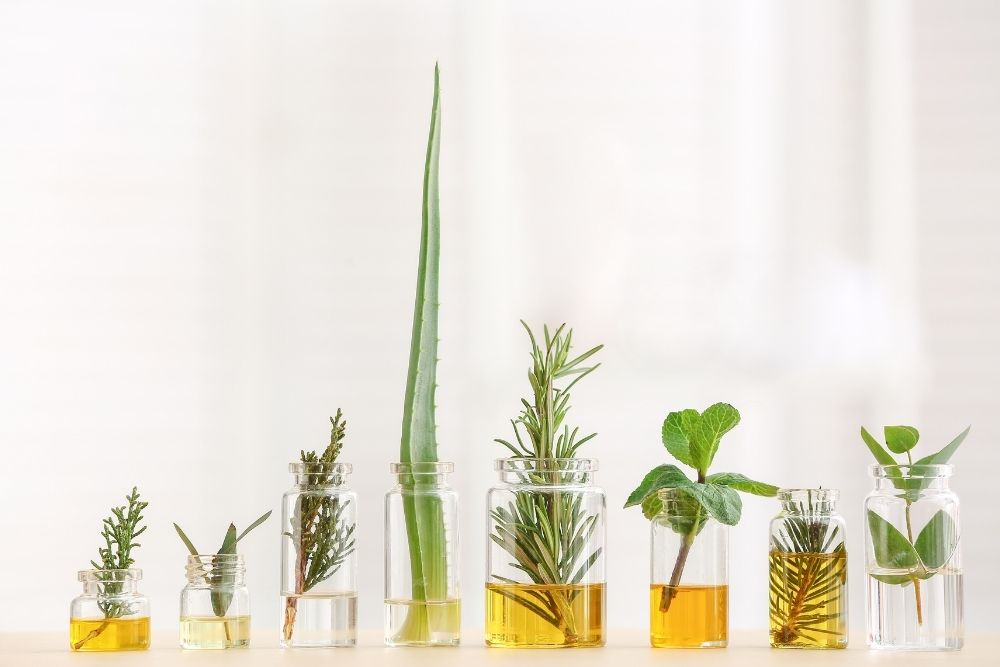Have you ever wondered how solid plants were turned into beautifully scented liquids?
Do you want to learn how to extract essential oils from plants in the comfort of your home?
Well, you’ve come to the right place! Let’s start by listing some essential oil extraction methods.
Contents
5 Methods To Extract Essential Oils
- Distillation (Steam)
- Expression
- Extraction (Solvent)
- Extraction (CO2)
- Oil Soak
How To Extract Plant Oils Using These 5 Methods
Although there are many ways to extract oils from plants, let’s commit to the five most popular methods.
Remember, not all methods are suitable for extracting oils at home.
1. Distillation
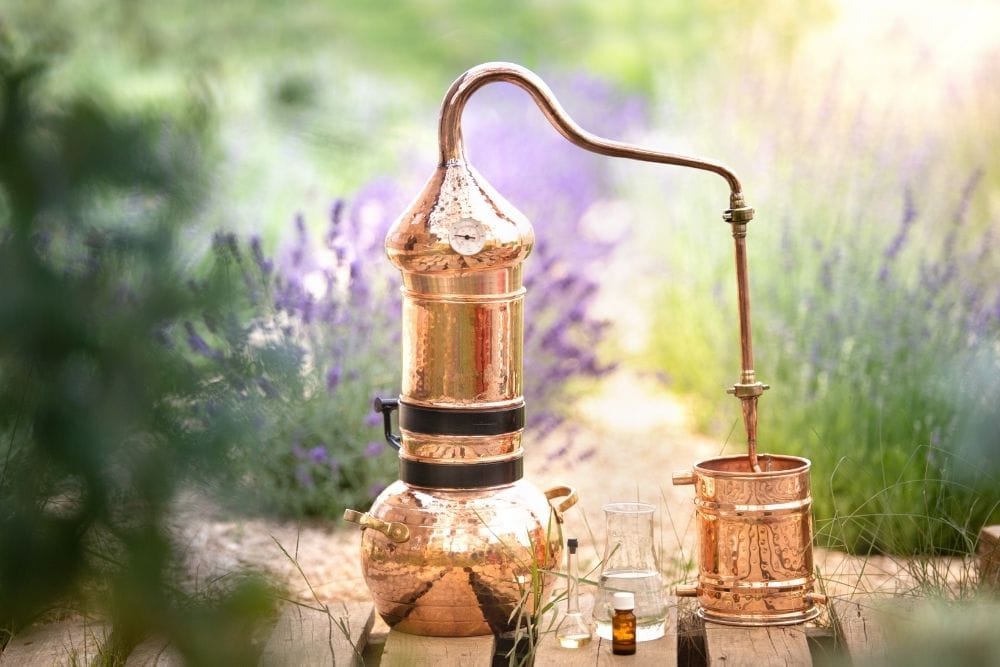
This method only needs 3 ingredients: water, steam, and lots of plants.
You gently place the plants into simmering water, let them sit for a while to collect steam, and then remove the oil that collects on top of the water and place the oil in a glass container.
Sounds simple right? If you are extracting oils from plant leaves at home, you can use a crockpot or a regular pot.
You’ll want to cook the plants on low heat for 24 to 36 hours and then let the water sit for a week. After a week of twiddling your thumbs, you can finally suction the oil off the top using a dropper of some sort and transfer the oil to a glass container for storing.
Pros
Steam Distillation seems to be the most popular method of extracting oils. It’s also considered one of the easier methods to use at home.
Having the oil floating on top in little pockets is what makes the process of extracting so easy. It’s safer since you are using water at a low temperature and you aren’t using harsh chemicals.
Cons
I’m not exaggerating when I say, you need a lot of plants for this method to work.
According to Countryside’s Article, you will need hundreds of pounds of plants to make an ounce or two of oil!
Since you’re collecting the oil sitting on top of the water, you might not get as pure of oil as you’d hoped for. The water may have diluted your oil and the therapeutic effects may have shrunk a tad bit.
Simple method but lots of plants. Nevertheless, this is still an easy and good option to use to extract oils from plants at home.
2. Expression (Cold Press)

This method is primarily used for the “fruity” category (lemons, limes, oranges, etc.). However, you can also use the express oils method on flowering plants.
You are literally expressing, squeezing, or juicing a plant in order to get its wonderful fragrances. Then you soak the oil up using a specialized sponge and squeeze the oils out into a separate container.
Manufacturers normally use a machine for this process but you can also do it by hand. Click this link, Green Mandarin Oil Expression Video, to watch the method in action!
It’s easiest to just buy a really good press and filtering system to use at home. The Expression method is the most efficient method to extract oil from oilseeds.
Pros
This process is like the distillation method when it comes to simplicity. The cold press method doesn’t require heat, hence, the “cold press” method. According to Art Naturals, Heat can break down some plant molecules making essential oils lose their medical qualities.
No harsh chemicals or artificial additives are required with this expression method. Both the distillation and expression methods are considered a purer process because of how they both are used to extract oils.
Cons
This is extremely time-consuming, especially if you are expressing oils manually without a machine. This method can be awfully hard on your hands, so if you have arthritis, this may not be the best method for you, unless you have a machine.
Between these 5 methods, expression is the least practical method to use to extract essential oils. This method can’t be done easily or effectively unless you have a machine that will help you do the hard work.
3. Solvent Extraction
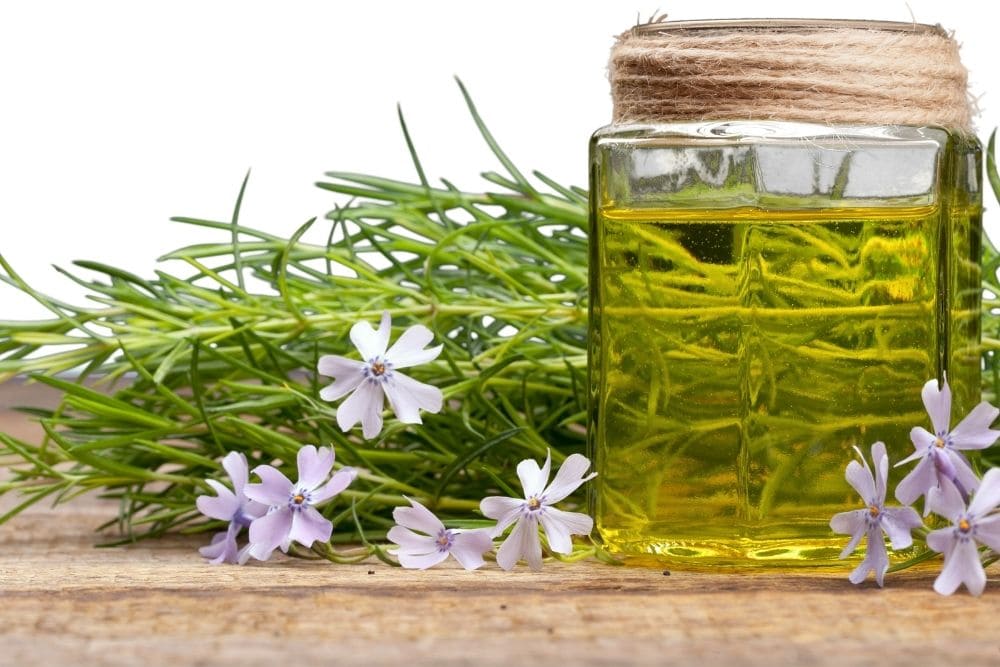
This method is mainly used for delicate flowering plants, such as Jasmine, and plants that yield low amounts of oil. Between all 5 methods, this method produces finer fragrances.
Extracting essential oils from plants using this method requires you to bathe plants in a solvent like dimethyl ether or benzene. You can buy benzene on Amazon (make sure to do your research into the best solvent products). We don’t want any surprise volcano experiments here!
After you bathe your plants, it will create a waxy fragrance called “concrete.” In order to make your essential plant oil, you must soak this concrete in alcohol, which will then cause the solid to separate back into a liquid. Super “sciency” stuff here!
Pros
Using this method will give you highly potent and concentrated essential oils.
Many industries use these strong scents in perfumes and cosmetics.
Cons
This method is normally done commercially and is not recommended for people just learning how to make essential oils. The procedure to do this method is extensive and tricky.
The obvious here, solvent extraction uses harsh chemicals and alcohol bases in order to extract essential oils from plants. This means your essential oils are considered more of an absolute and not pure form.
You must know your chemistry behind the method in order to do this method safely. There are a lot of chemical compounds for solvent extraction and if done incorrectly, it can have serious consequences.
4. CO2 Extraction
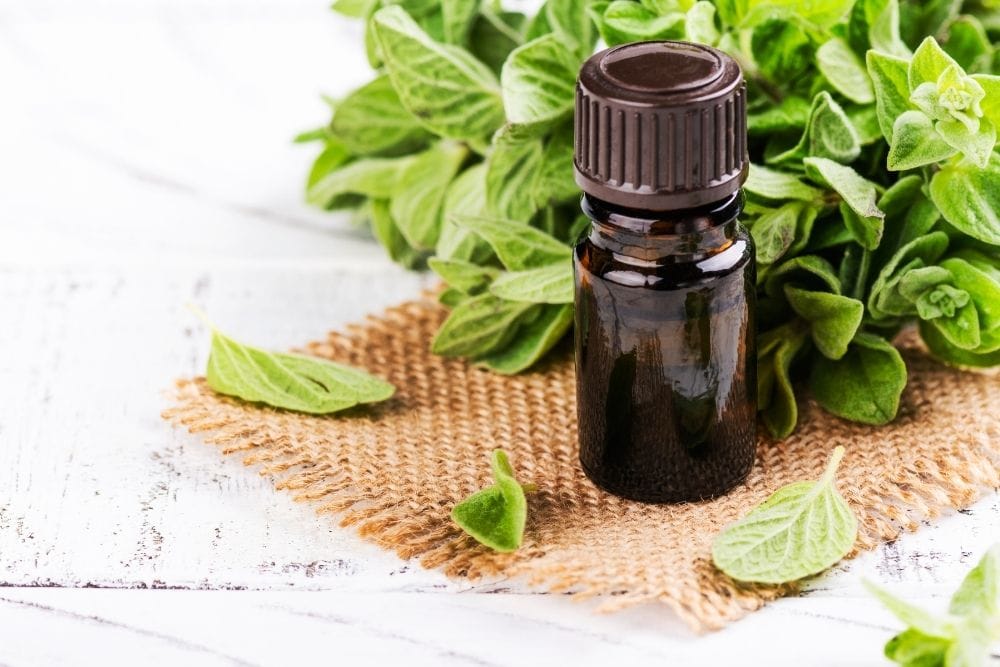
CO2 extraction is the newest method of making essential oils. These oils are unique and this method produces higher purity when compared to the distillation method.
Basically, how this puppy works is, you pump pressurized Carbon Dioxide into a chamber filled with plant materials. Your CO2 changes from a gas to a liquid, then a liquid to a gas, leaving just your essential oils in the chamber in the end.
The pressure on the chamber is what changes CO2 to go from gas to liquid and back again. The process can be tricky, and you need a special machine of some sort. Check out New Directions Aromatics’ website for more details on the CO2 extraction method.
Pros
The CO2 method extracts pure and richer essential oils, leaving more top notes than still note fragrances. This method also contains certain elements that cannot be found when using the other methods.
Since this process requires no heat, none of the plant materials are damaged. The CO2 Method leaves oils thicker, making the scent a lot stronger than the distilled method.
Cons
Although you don’t use heat for this process, high-pressure usage can be a safety hazard if you don’t know what you’re doing. Possibly another volcano eruption waiting to happen if you aren’t careful!
You need a solid chamber of some sort, in order to complete this method. Again, if you aren’t a scientist and you’re bad with numbers, probably not the best method for you to use.
5. Oil Soak
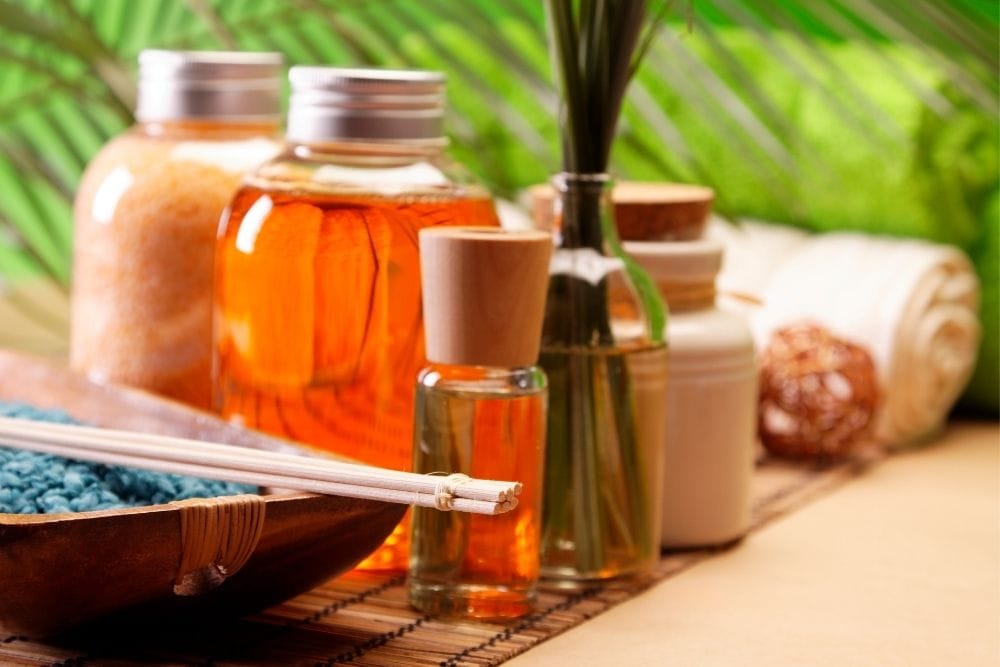
The oil soak method is easy to do from home, and it doesn’t require any crazy chemicals like the last two methods mentioned.
The two main ingredients here are your plants and carrier oil.
Toss some plants in carrier oil and let that mixture sit on standby for 2 weeks. After the 2-week waiting period, take the plants out and you have an essential oil product.
The oil soak method is used on many plants. Some plants suggested by Off The Grid News Article are basil, lavender, and rosemary.
Pros
This method is safe and easy to extract essential oils from plants at home. No heat, pressure, or harsh chemicals are used to complete this method.
This is a hassle-free method where you toss the plants and carrier oil together and let them chill in a cool dry and dark place for 2 weeks. Who doesn’t like simple things?!
This method is great for creating lotions! The texture and consistency are nice.
Cons
The Oil Soak method does not leave you with pure essential oils. You get the amazing scent of the plant you use, but you also have the plant oil mixed with Jojoba, Almond, or some other carrier oil.
If you are looking to create an aromatherapy essential oil, this isn’t the right method to use.
This method can be messy when cleaning up afterward because of the oiliness from your carrier oil. Make sure to have plenty of soap!
The Best Method To Extract Essential Oils From Plants
So, we’ve broken down 5 ways you can extract essential oils from plants. Now, which method is the best method to use?
This is a tricky question. The answer isn’t black and white. It depends!
The distillation process is the best method if you are looking for a pure essential oil that is hassle-free without needing a science degree.
If you aren’t so concerned with purity, and you’re looking for a safe method to create a mixture or lotion, then the oil soak is for you.
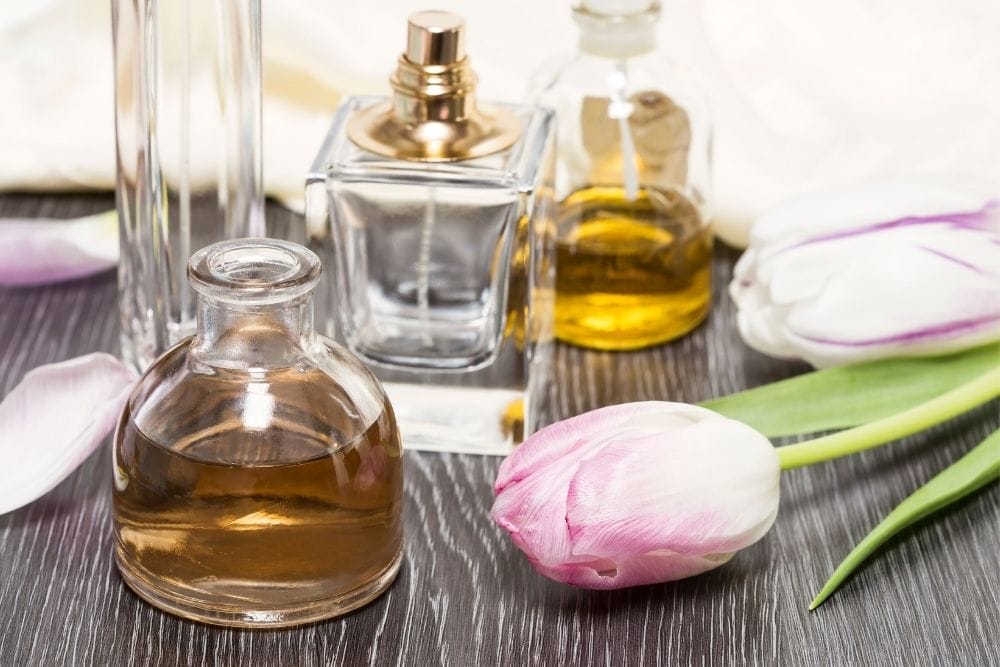
Maybe you are a skilled and scientific person. If this is the case, you probably have the money to buy the fancy equipment.
So you choose the solvent extraction or CO2 method to make extremely potent and pure essential oils.
Maybe you are an “in-betweener”?! You can work machinery but you also like simplicity, so you use the expression method.
As you can see, each method has its pros and cons. Each method has its purpose, and some methods are better for different plants.
The Best Method Based On Type
| Method | Best For | Can It Be Done At Home? |
| Distillation (Steam) | Plants, Herbs, Flowers | Yes, Easily |
| Expression | Fruits, Nuts | Yes, Somewhat Easily |
| Extraction (Solvent) | Plants, Herbs, Flowers | No, Not Really |
| Extraction (CO2) | Plants, Herbs, Flowers | No, Not Really |
| Oil Soak | Plants, Herbs, Flowers, Fruits | Yes, Easily |
Plant Extraction Finale
Many websites mention the distillation method is the primary way to make essential oils at home. It is the safest, easiest, and most pure plant extraction method.
Whichever method you choose to extract essential oils from plants, make sure you do so safely!
There are many extraction methods out there, but these are the 5 most popular methods used today.
Now that you’ve learned a handful of methods on how to extract essential oils from plants, choose the method that works best for you and what you are trying to accomplish.
Be safe and have some fun!

I currently work as a medical receptionist, but my ultimate goal is to work as an occupational therapy assistant. Helping others achieve a better quality of life is something I’m after. That’s one of the main reasons I started this blog. Learn more about me.
